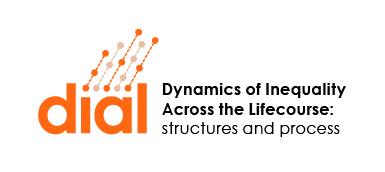It is well documented that the language skills of preschool children differ substantially and that these differences are highly predictive of their later academic success and achievements. Especially in the early phases of children’s lives, the importance of different structural and process characteristics of the home learning environment (HLE) has been emphasized and research results have documented that process characteristics such as the quality of parental interaction behavior and the frequency of joint activities vary according to the socio-economic status (SES) of the family. Further, both structural and process characteristics are associated with children’s language development. As most of the studies focus on single indicators or didn’t take the dynamics of parenting behavior across age into account, the present paper aims to investigate the associations of different characteristics of the home learning environment as well as their potentially changing impact on the language skills of 2-year-old children. Using data of 2.272 families of the infant cohort study of the German National Educational Panel Study (NEPS), longitudinally assessed process characteristics (sensitivity in the sense of maternal responsivity to the child’s behavior and signals in mother–child interaction; maternal stimulation behavior which goes beyond the child’s actual level of action and development; frequency of joint picture book reading) and structural characteristics (mother’s education, equivalised household income, parental occupational status) were considered. Language skills (vocabulary and grammar) of the children at the age of two were measured by a standardized and validated parent report instrument (child language checklist). Results showed that (1) all three process characteristics of the home learning environment (HLE) are associated with the family’s SES; (2) across three assessment waves nearly all process characteristics predicted children’s vocabulary and grammar skills with some process-specific changes across waves; (3) despite separate direct effects of nearly all HLE-process characteristics in each wave, the amount of explained variance in a joint model including the HLE facets from each wave is hardly higher than in the separate models; and (4) socioeconomic background predicted both language facets of the children in each model even when controlling for the assessed process characteristics of the home learning environment.
